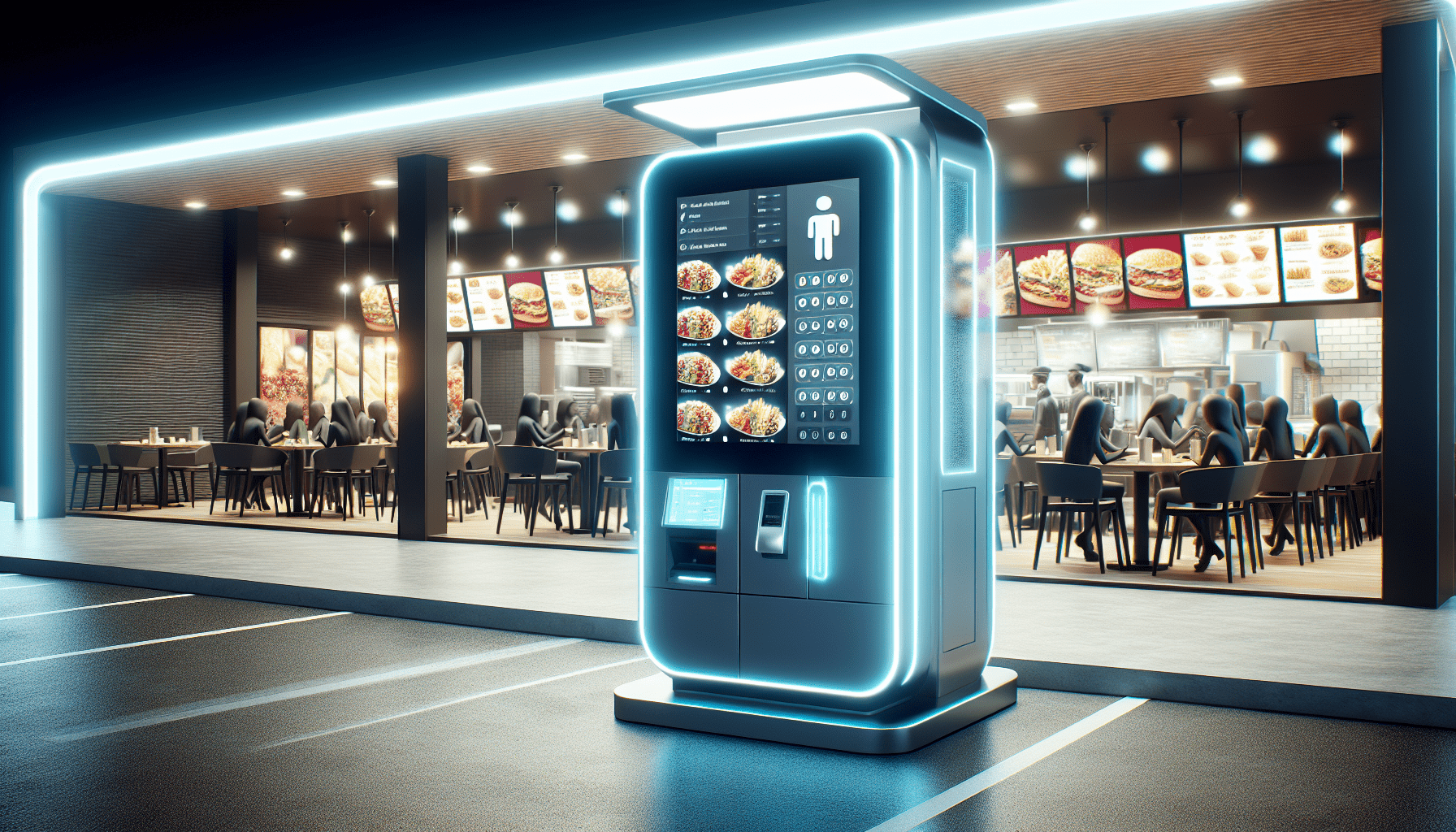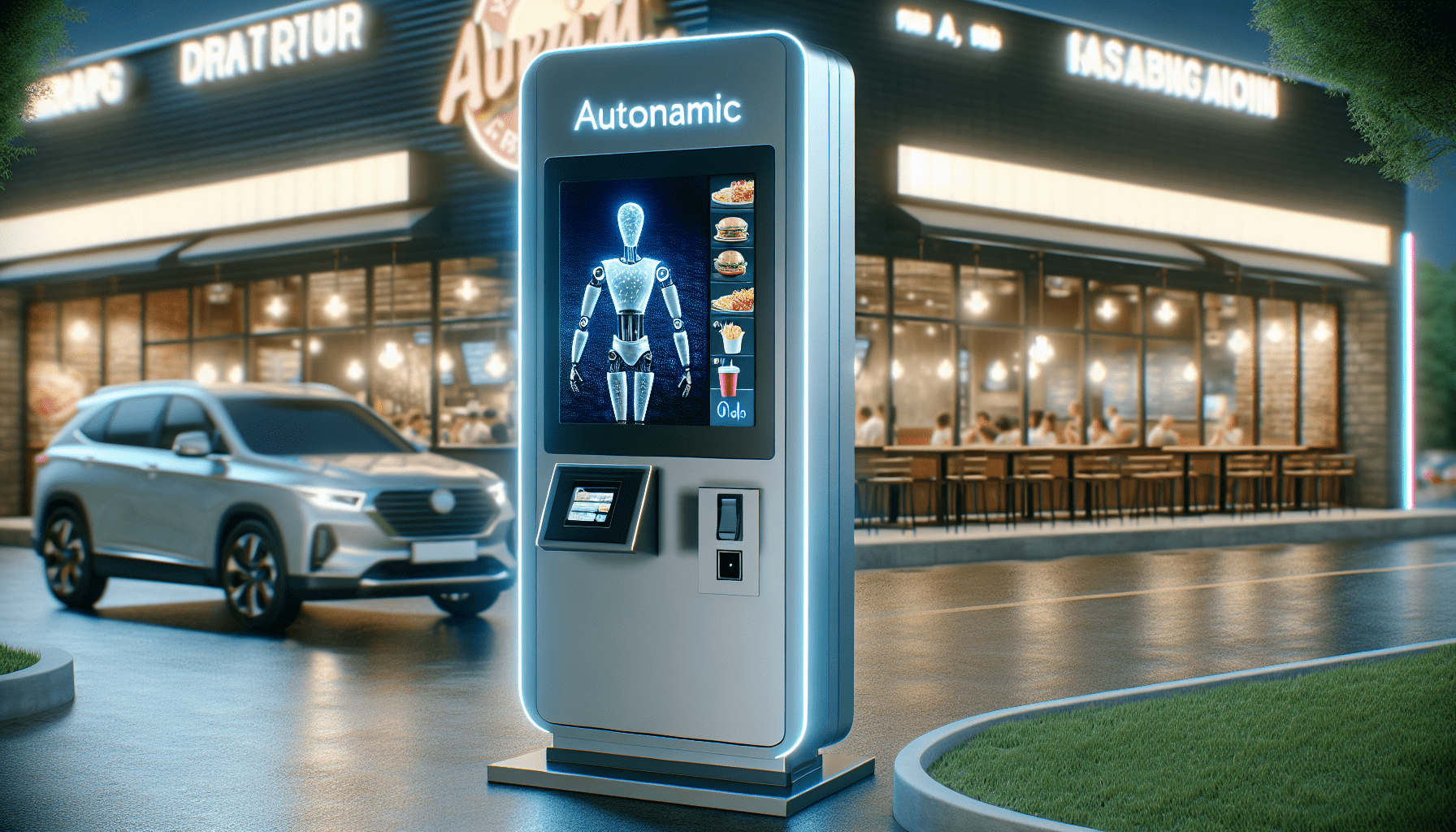Restaurant Tech Company has taken a big step forward by enhancing the independence of its drive-thru AI systems, an innovation by Presto Automation aimed at minimizing human intervention and maximizing efficiency. As the adoption of AI becomes more widespread across fast-food chains like Checkers and Carl’s Jr., Presto’s ambitious Pure AI model seeks to eliminate human oversight, which currently corrects about 70% of the AI’s mistakes. While this move is expected to initially increase errors and customer dissatisfaction, the company believes that granting the AI more autonomy will foster quicker learning and ultimately result in a more efficient and reliable system. The journey might be bumpy at first, but it promises a future where your drive-thru experience could be smoother and quicker than ever before.
Restaurant Tech Company Enhances Drive-Thru AI Independence
Have you ever found yourself at a drive-thru, hoping for a seamless experience but ending up frustrated by an error made by the AI ordering system? You’re not alone. As technology rapidly advances, especially in the food service industry, drive-thru ordering systems powered by Artificial Intelligence (AI) are becoming more common. Yet, they’re not without their hiccups. In this article, we delve into how one restaurant tech company, Presto Automation, is making bold strides to enhance the independence of its drive-thru AI systems. By doing so, they aim to reduce the need for human interference and elevate the dining experience. Let’s embark on this journey to understand how AI is reshaping the fast-food landscape.
Get an Official Zagat Restaurant Guide
The Evolution of AI in Restaurants
From mobile ordering apps to self-service kiosks, technology has dramatically transformed the way we experience dining out. AI, in particular, has taken center stage in recent years. Fast-food giants like McDonald’s and Jersey Mike’s have adopted AI to streamline their ordering processes.
Despite the progress, AI systems still stumble with mistakes, causing a stir among tech-savvy customers, especially Gen Z and millennials. These errors often make their way to social media, where users vent their frustrations. For instance, viral TikTok videos capturing ordering mishaps have become a genre of their own.
The Appeal of AI-Driven Ordering
The reason behind the widespread adoption of AI in restaurants is clear: efficiency and convenience. AI can process orders quickly, remember customer preferences, and even suggest menu items. It allows restaurants to handle higher volumes during peak hours and reduces wait times, enhancing the overall customer experience.
Common Issues and Customer Reactions
However, the road to efficient AI is not without its bumps. Common issues include order inaccuracies and the AI’s inability to understand unique or complex requests. Such problems often lead to customer complaints and viral social media posts. For instance, mishaps like a customer ending up with nine sweet teas instead of one or an AI struggling to process a simple order have caught widespread attention online.
Presto Automation’s Bold Move
Presto Automation, a notable name in restaurant tech, acknowledges these challenges. They have decided to address them head-on by embracing the errors made by their AI to improve the system over time. Their drive-thru AI systems are currently in use at popular chains like Checkers and Carl’s Jr.
Relying on Human Oversight
Previously, Presto’s AI systems heavily relied on human oversight to ensure order accuracy. In fact, around 70% of orders placed through Presto’s AI required human intervention. These human assists were carried out primarily by remote workers in the Philippines. Although this method ensured greater accuracy, the heavy dependence on human supervision was stunting the AI’s growth and learning.
The Move Towards Pure AI
In a groundbreaking shift, Presto Automation announced their transition to a Pure AI model. The company’s interim CEO, Gee Lefevre, stated that human interference was hindering the system’s potential. By reducing human oversight, the AI gains more “freedom” to learn from its mistakes, thereby accelerating its improvement over time.

Get an Official Zagat Restaurant Guide
The Anticipated Transition Period
The transition to a more autonomous AI-driven system isn’t expected to be smooth initially. Lefevre candidly mentioned that the Pure AI model would “perform worse at first, but would improve quickly.” This implies that the initial phase might see an uptick in customer complaints and instances of miscommunication.
Impact on Participating Restaurants
Restaurants participating in this rollout will need to brace themselves for a period of adjustment. Employees may find themselves addressing more issues directly with customers as the AI navigates its learning curve. However, Presto is optimistic that this temporary inconvenience will pave the way for a more robust and efficient system in the future.
Financial Considerations
Besides improving efficiency, Presto’s push towards Pure AI also aims to alleviate some of the company’s financial strain. Reduced dependence on human oversight could result in lower operational costs, making the AI solution more sustainable in the long run.
The Broader Implications of AI Independence
As AI technology continues to evolve, its success or failure in drive-thru systems could have wider implications for the food service industry. Advancing AI autonomy could revolutionize how we interact with service technology.
Enhancing Learning and Adaptability
By allowing the AI to make and learn from its mistakes independently, Presto aims to enhance the system’s ability to handle a wide range of scenarios. This approach mimics human learning, where making errors is a crucial part of mastering a new skill.
Balancing Efficiency and Customer Experience
While the move towards a more independent AI seeks to streamline operations, maintaining a positive customer experience remains a priority. Striking the right balance between efficiency and customer satisfaction will be key to the successful adoption of this technology.
Table: Potential Benefits and Challenges of AI Independence
| Potential Benefits | Challenges |
|---|---|
| Faster Learning and Improvement | Initial Increase in Errors |
| Reduced Operational Costs | Higher Customer Complaints Initially |
| Better Handling of Unique Scenarios | Need for Employee Adaptation |
| Enhanced Efficiency Over Time | Transitional Financial Burden |

Embracing the Future of AI in Drive-Thrus
The journey towards a fully independent AI in drive-thrus promises to be transformative. Despite the initial hurdles, Presto Automation’s bold move could set a new standard in the restaurant tech industry.
Preparing for Changes
For customers, understanding that technology is an evolving process can ease the frustration that comes with early-stage hiccups. Recognizing the broader goal of creating a more efficient and intelligent system can add a layer of patience and understanding during interactions with AI-driven systems.
Training and Support for Employees
To ensure a smooth transition, training and support for employees at participating restaurants will be crucial. Equipping staff with the skills to handle AI-related issues and manage customer interactions effectively can mitigate the impact of the learning phase.
Long-Term Vision
The long-term vision for drive-thru AI is an autonomous system that not only minimizes wait times but also offers a personalized and accurate ordering experience. By continuously learning and adapting, AI can become an invaluable asset to the fast-food industry.
Conclusion
The reformation of drive-thru AI technology spearheaded by Presto Automation represents an exciting yet challenging period of growth. With the aim of reducing human intervention and fostering independent learning, there’s a promising potential for more efficient and effective AI systems in the near future. Though customers and employees alike may face some initial bumps, the journey towards a smarter, more autonomous AI promises to redefine convenience in the fast-food industry. As we move forward, embracing these technological advancements with patience and optimism will be key to unlocking their full potential.
So, next time you find yourself ordering at a drive-thru, remember that you’re witnessing the evolution of technology in action — one order at a time.
Get an Official Zagat Restaurant Guide






